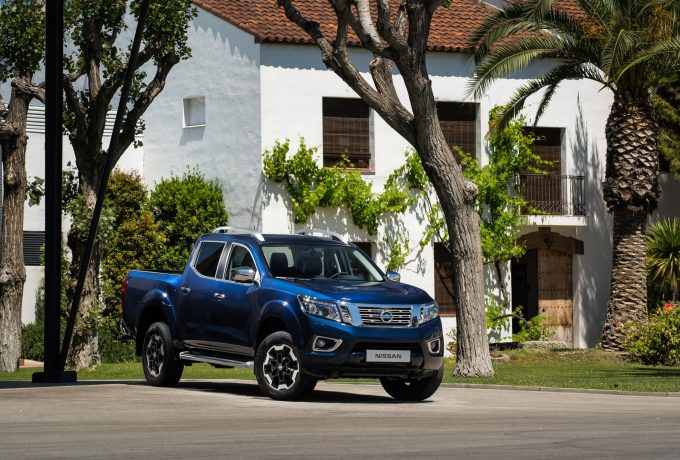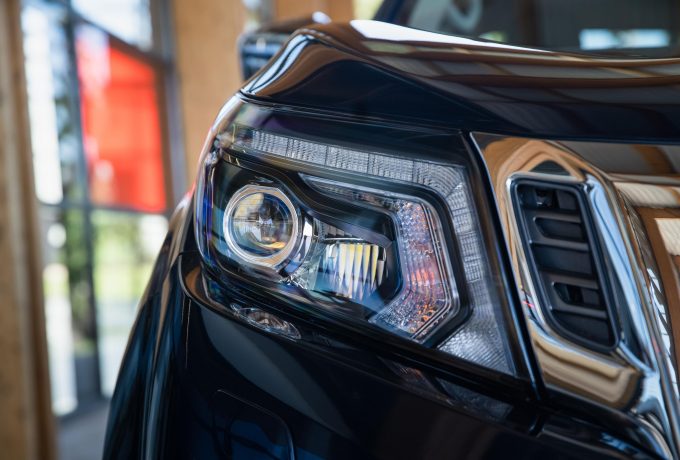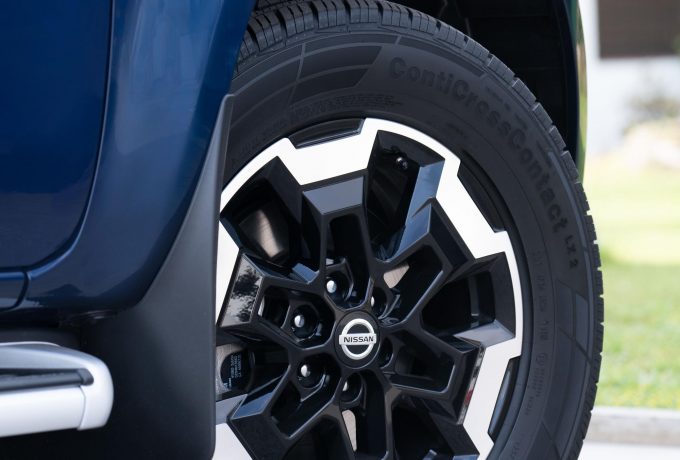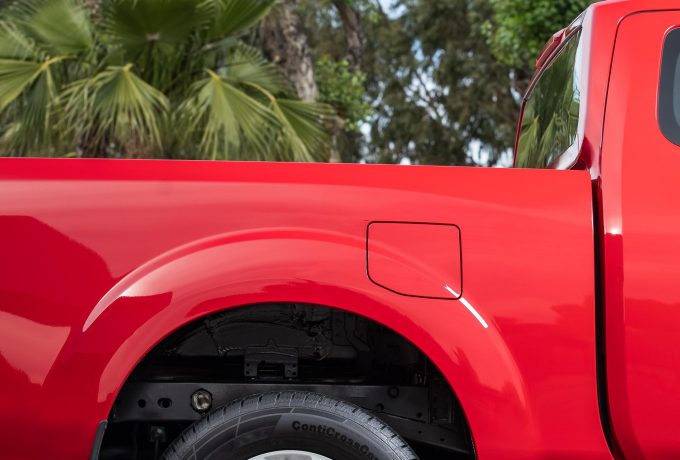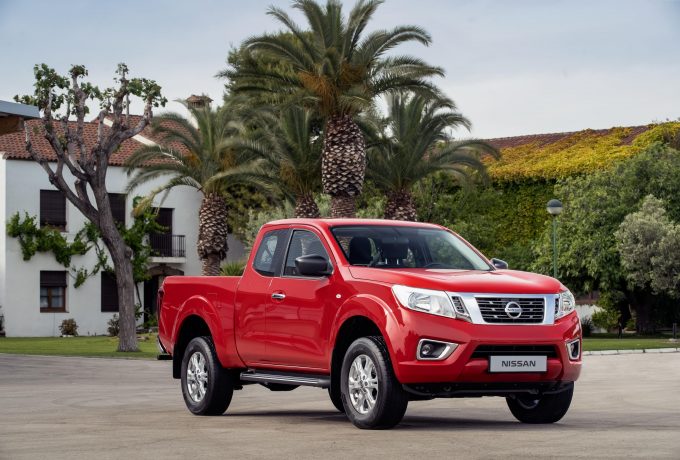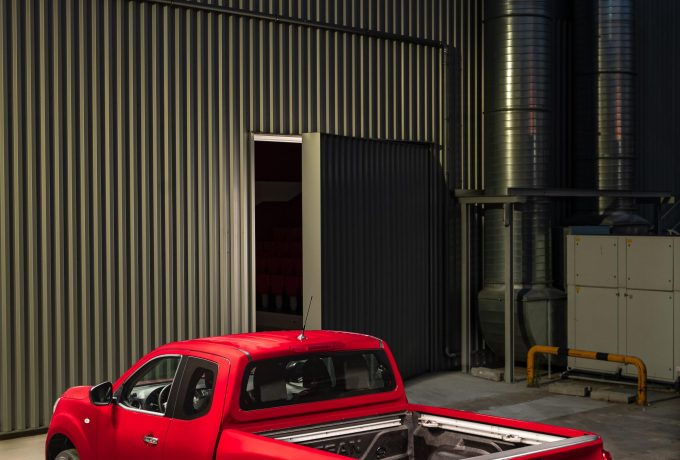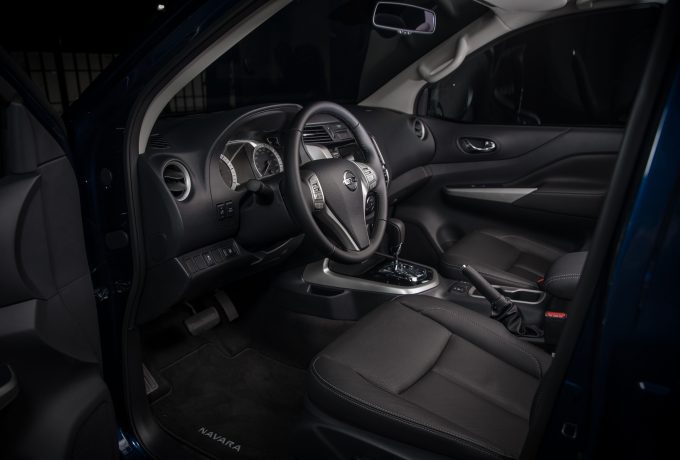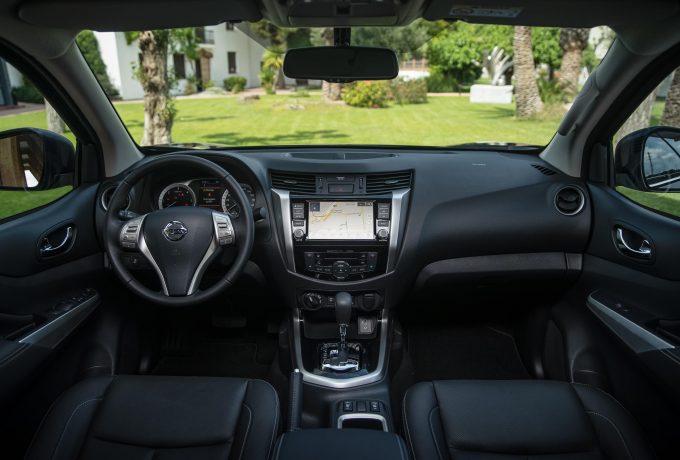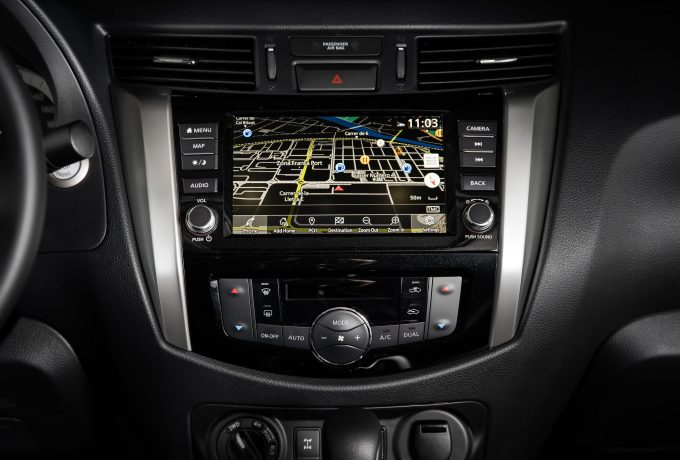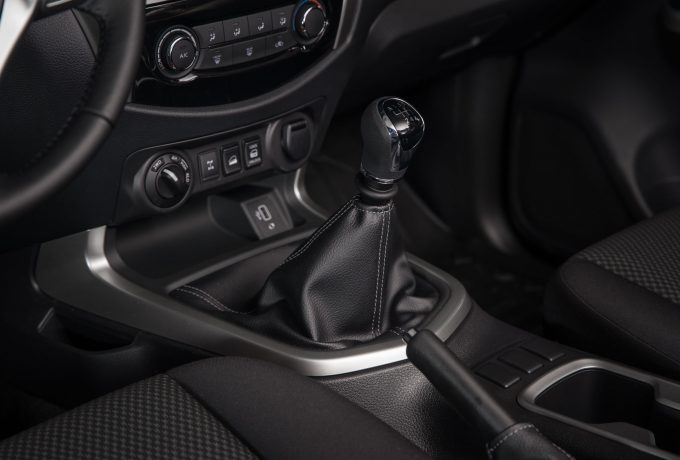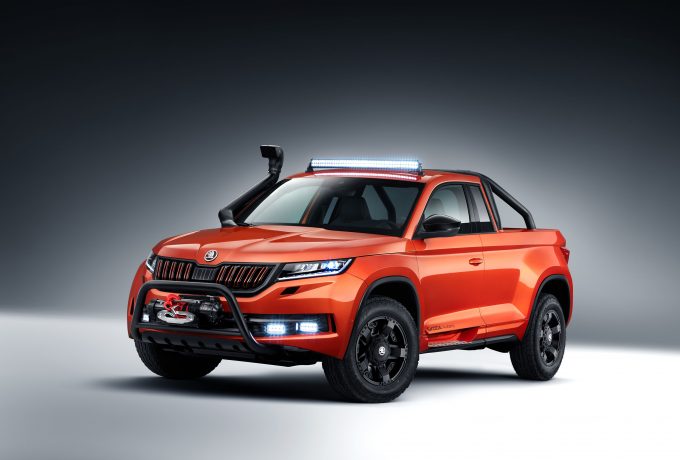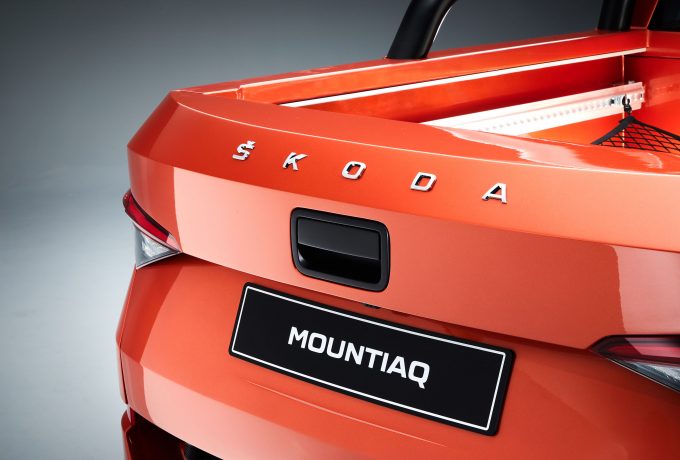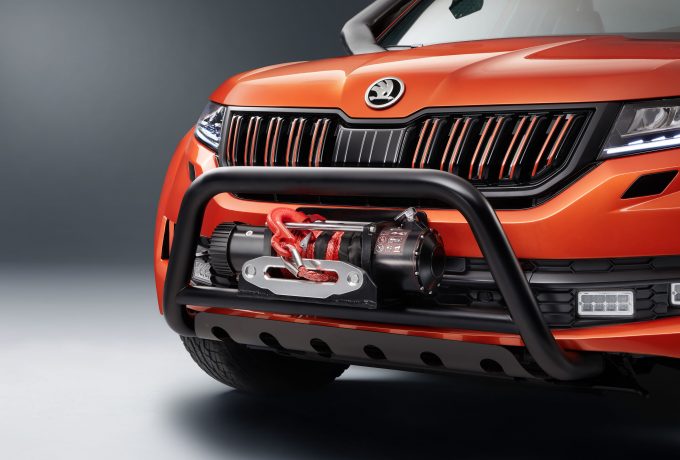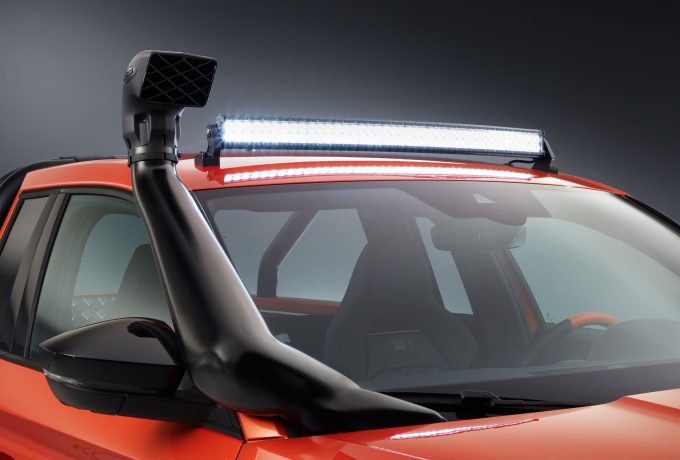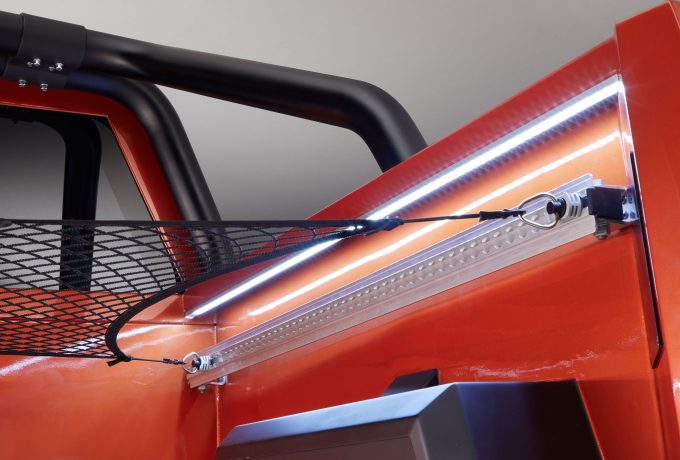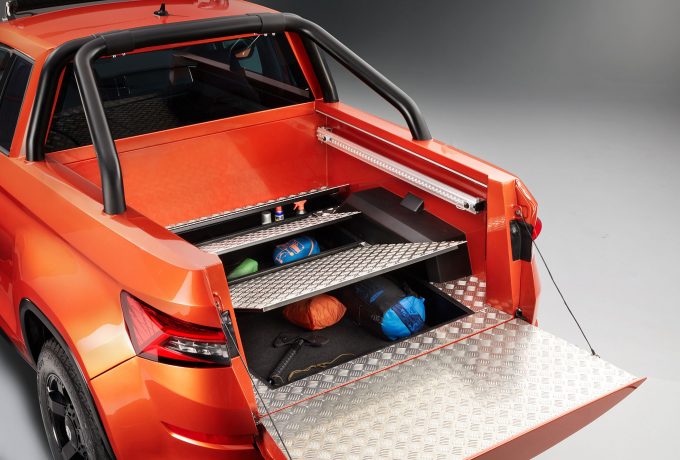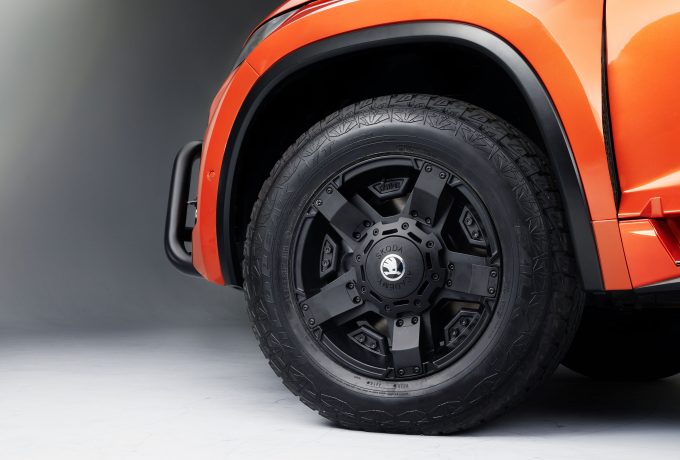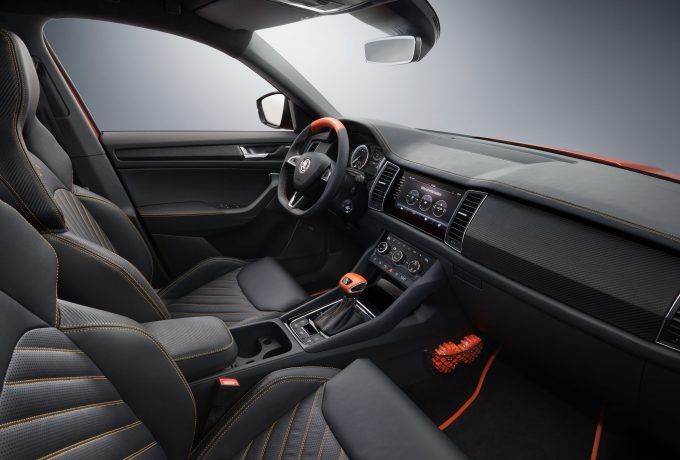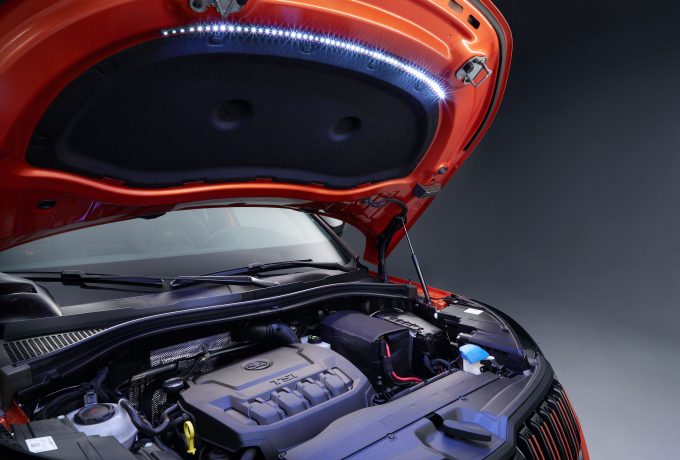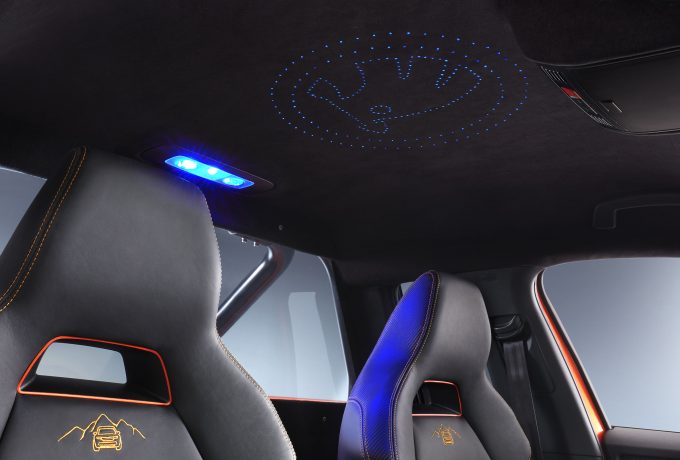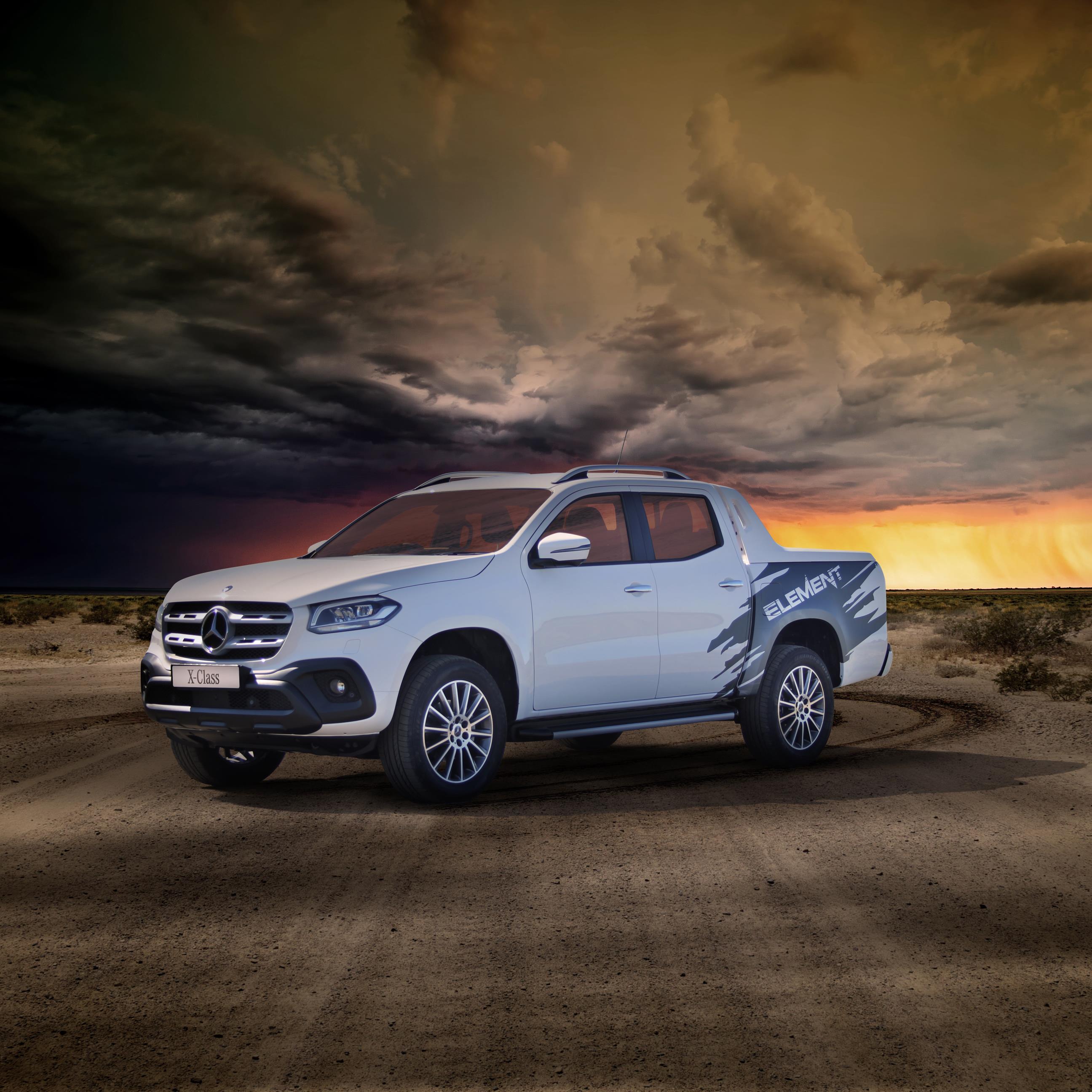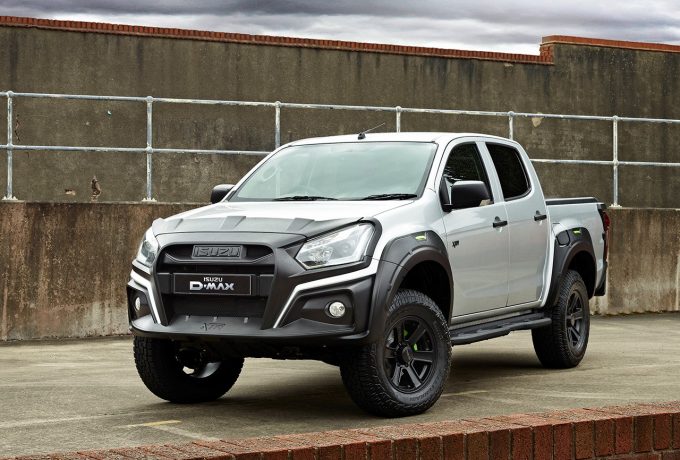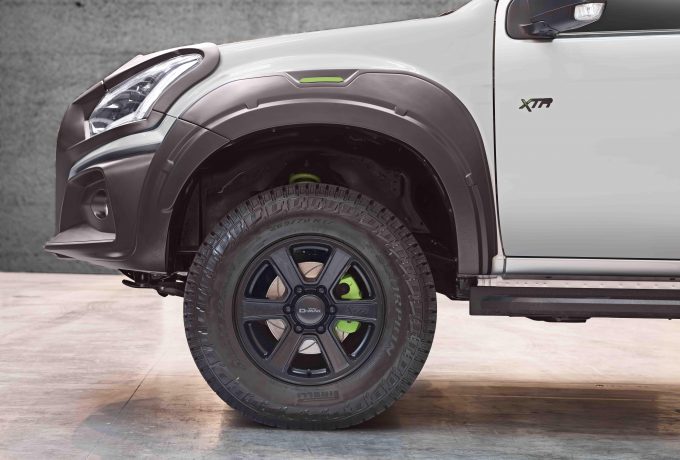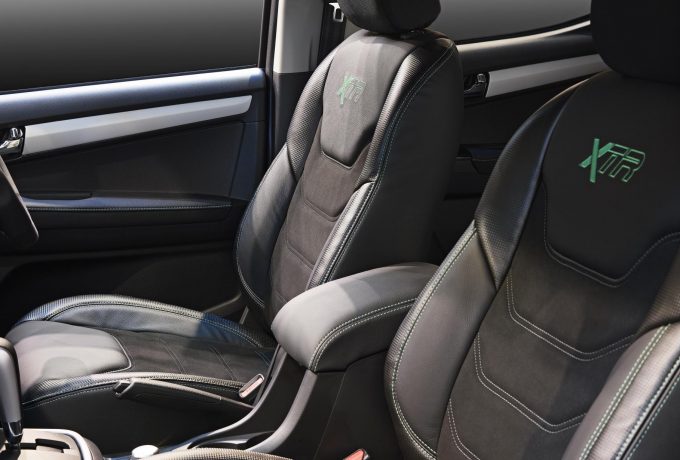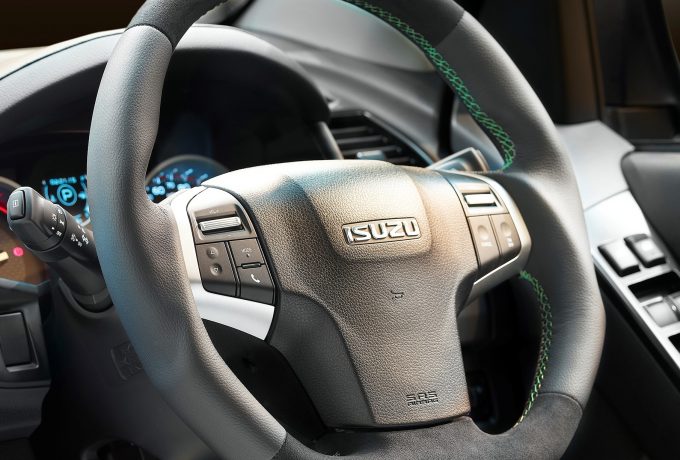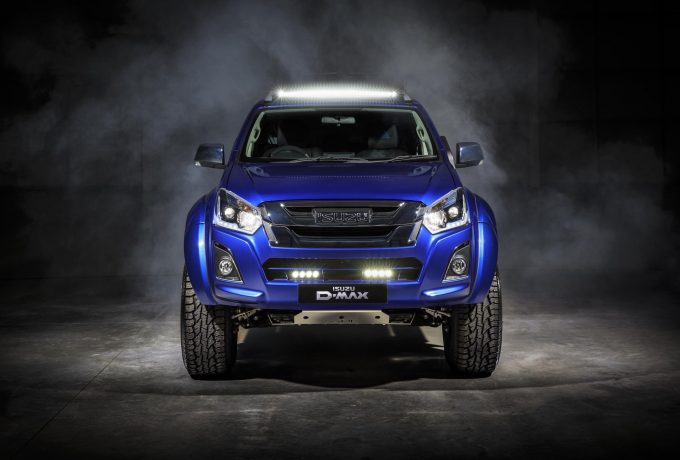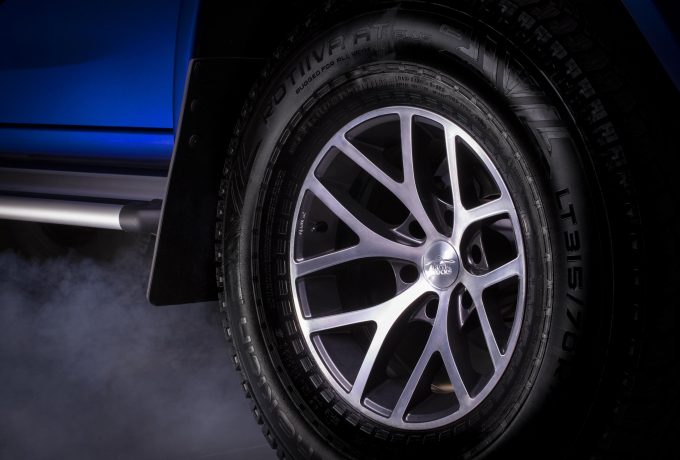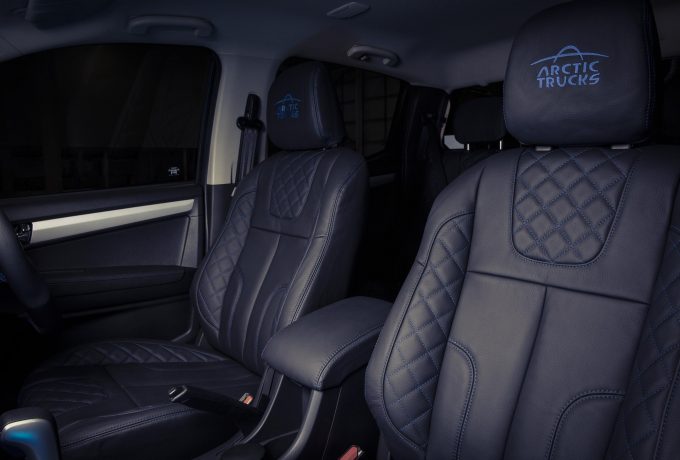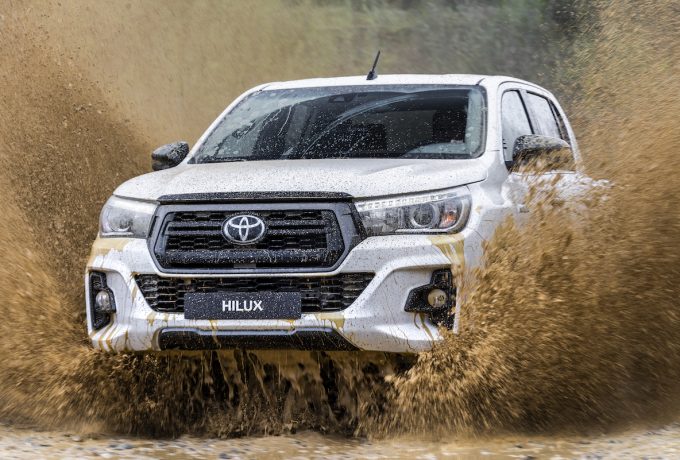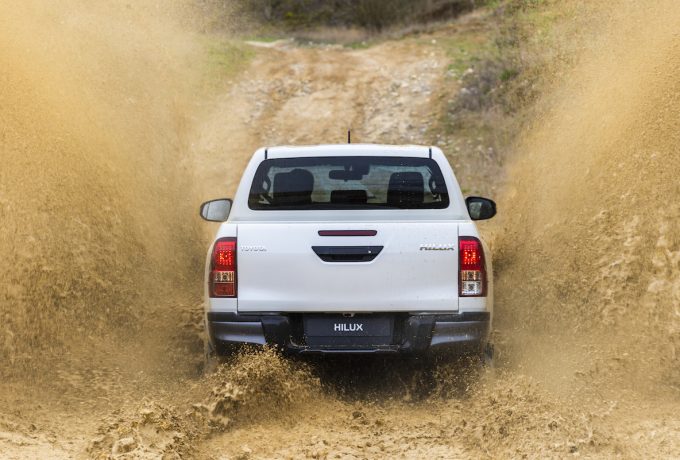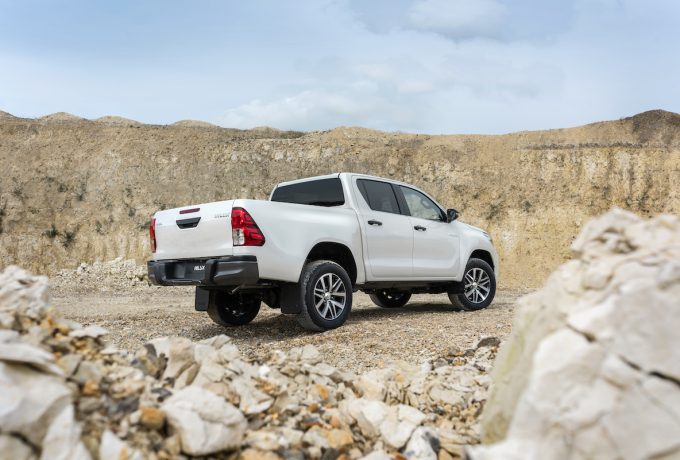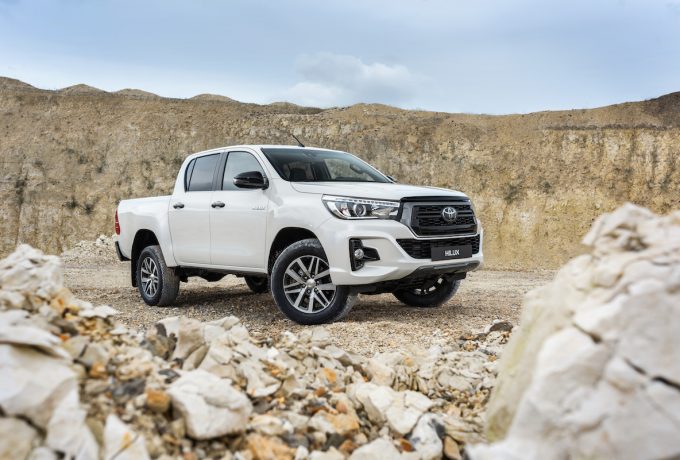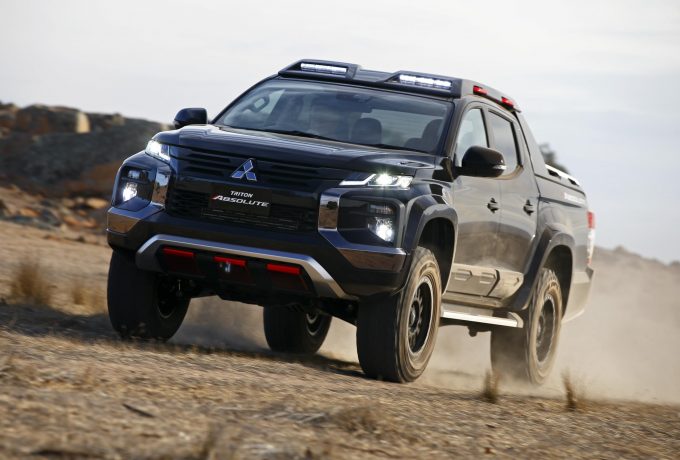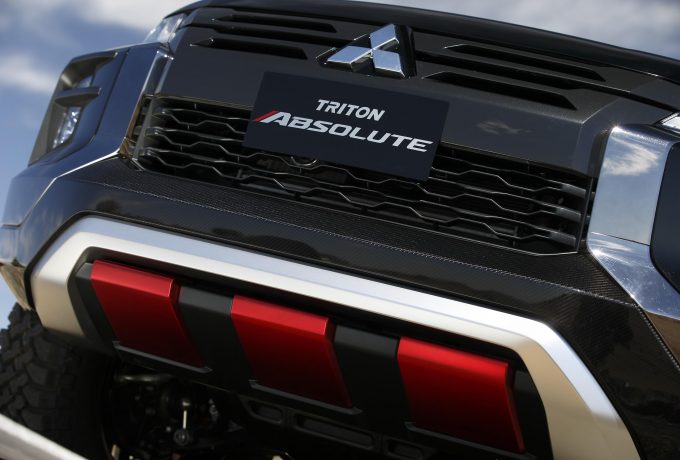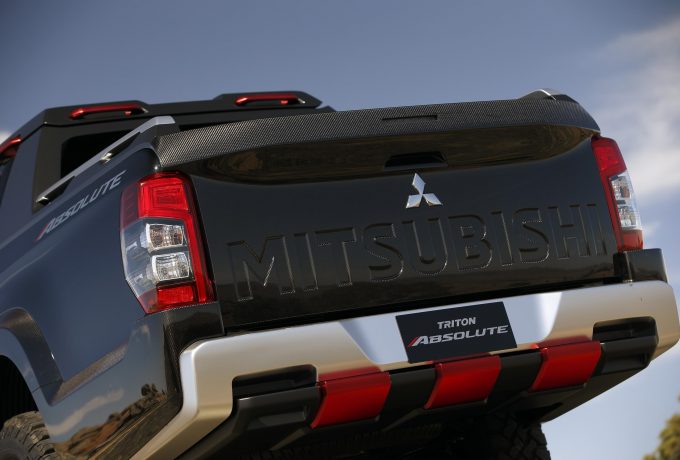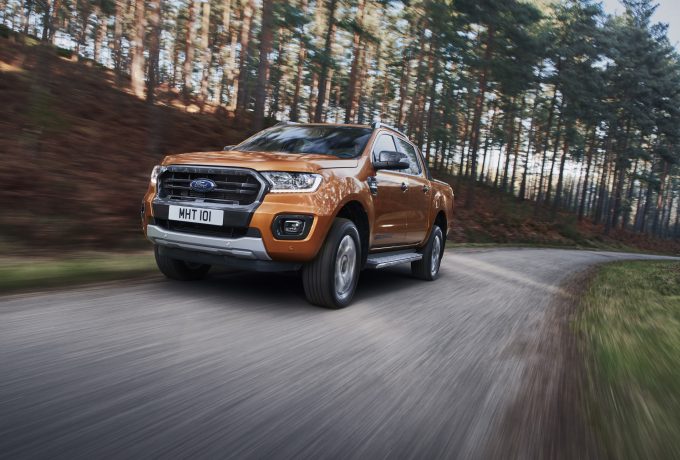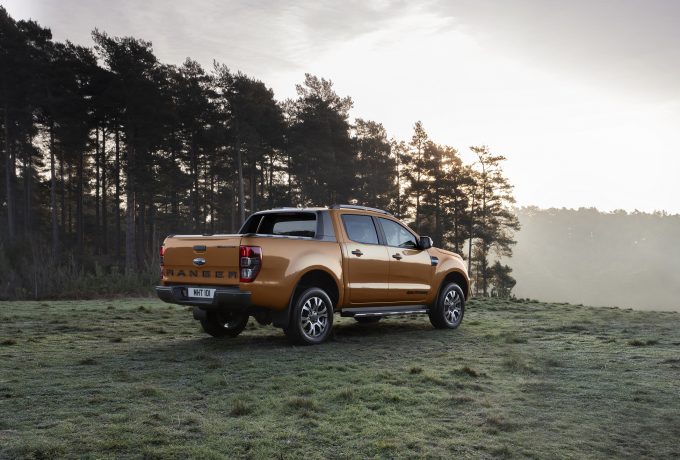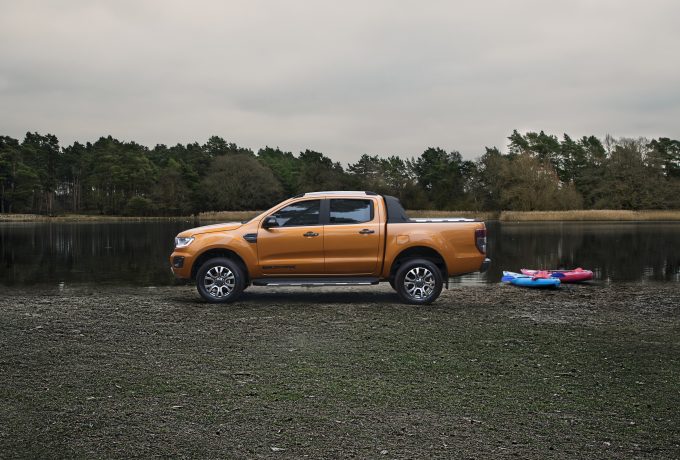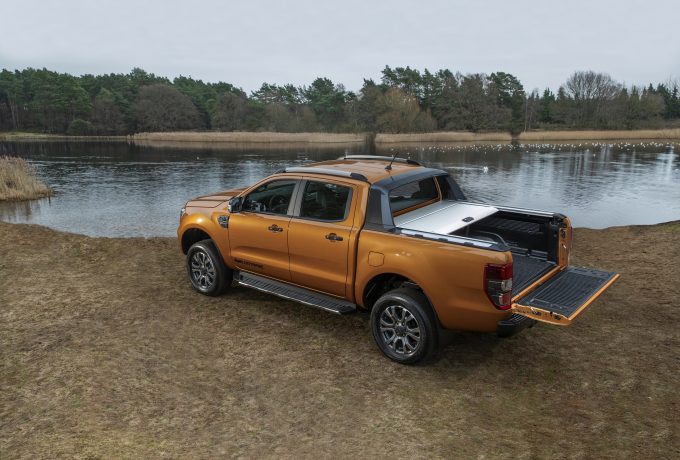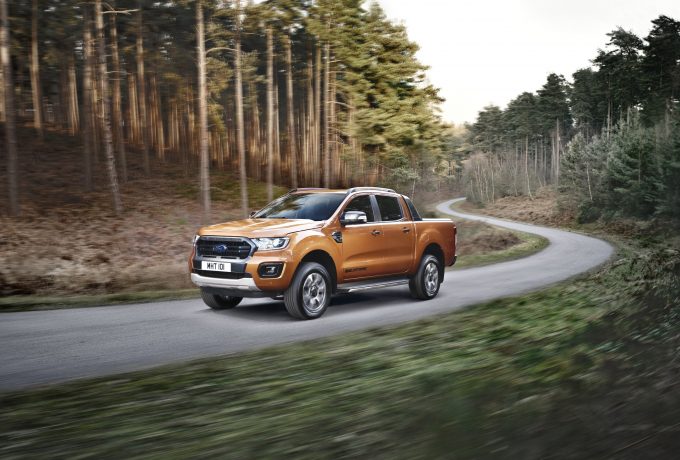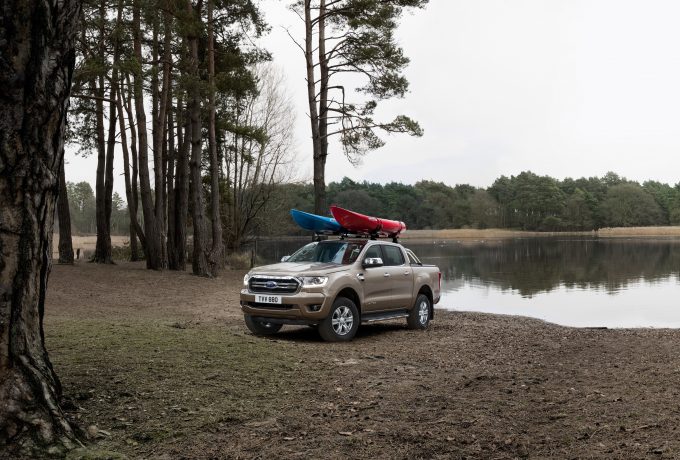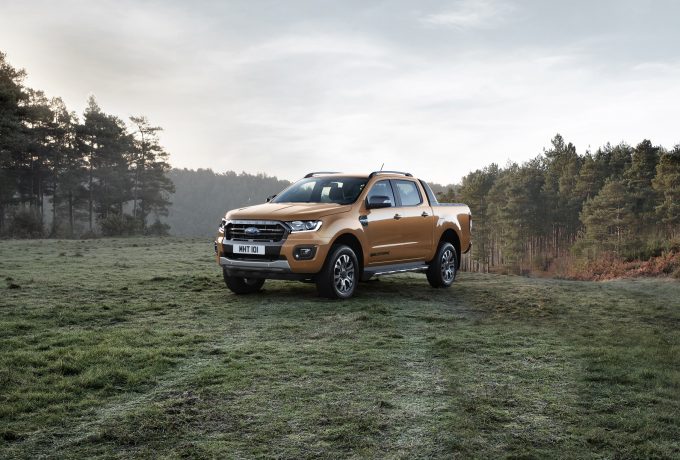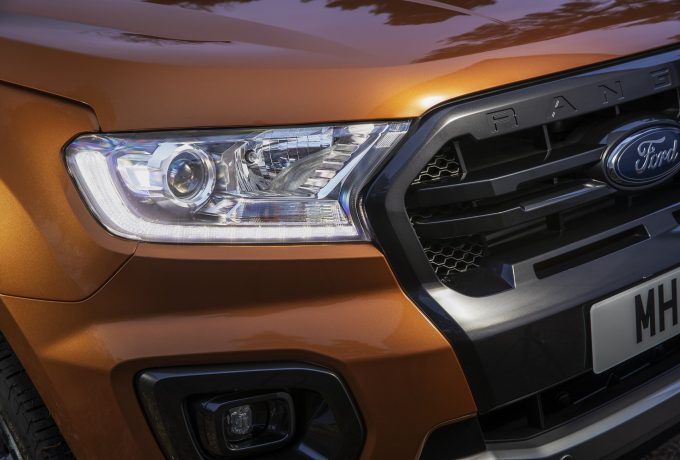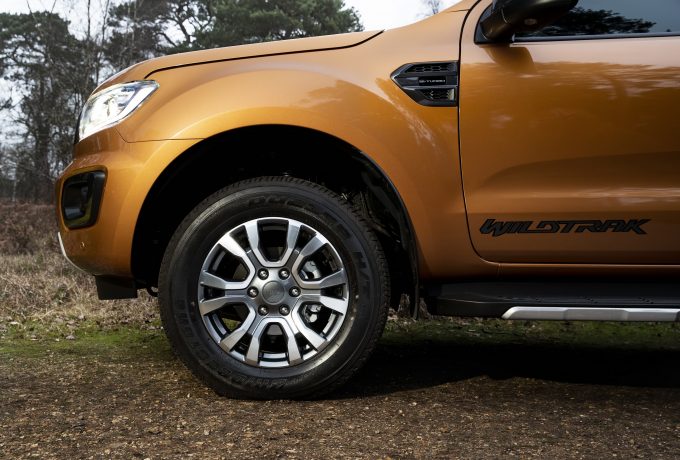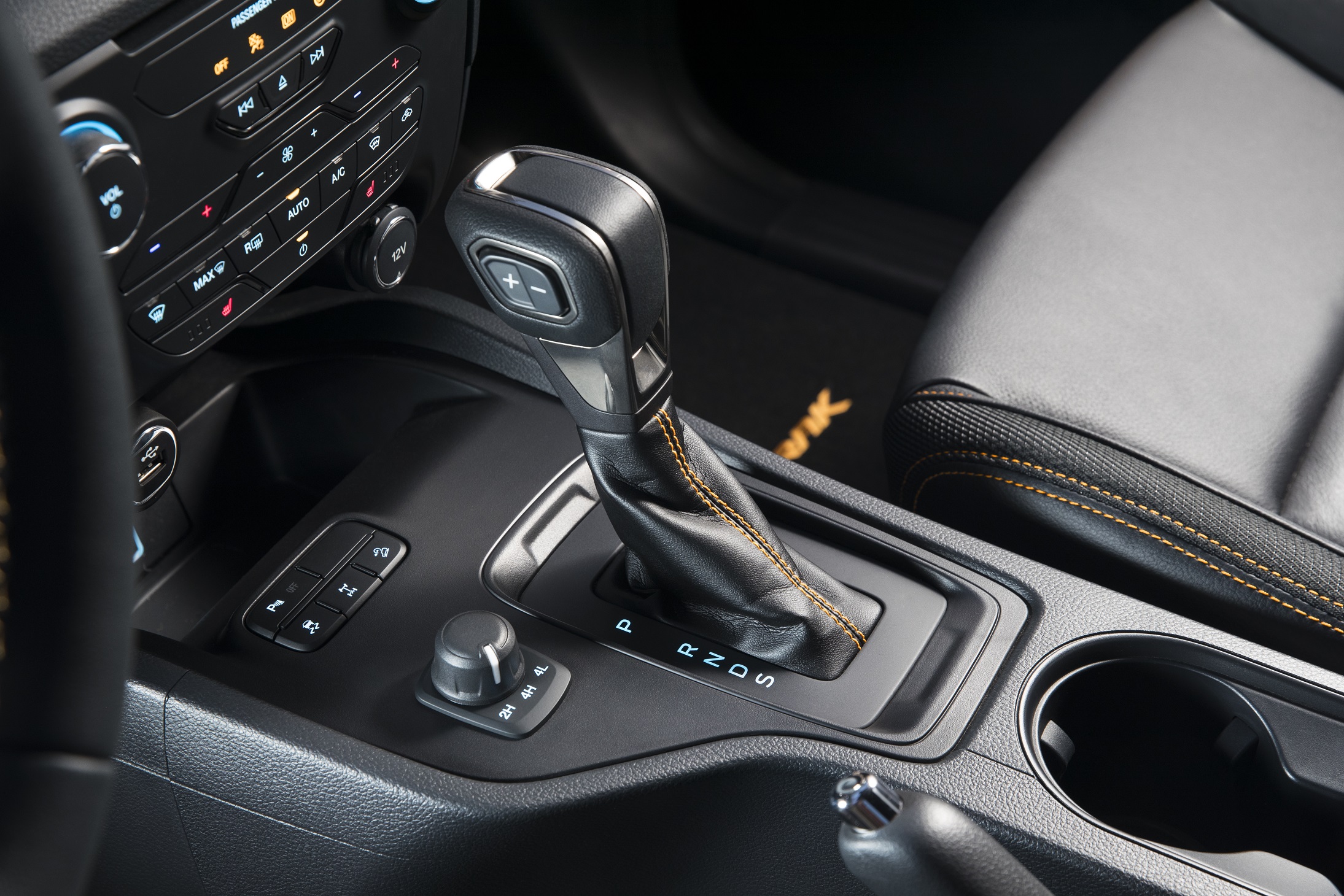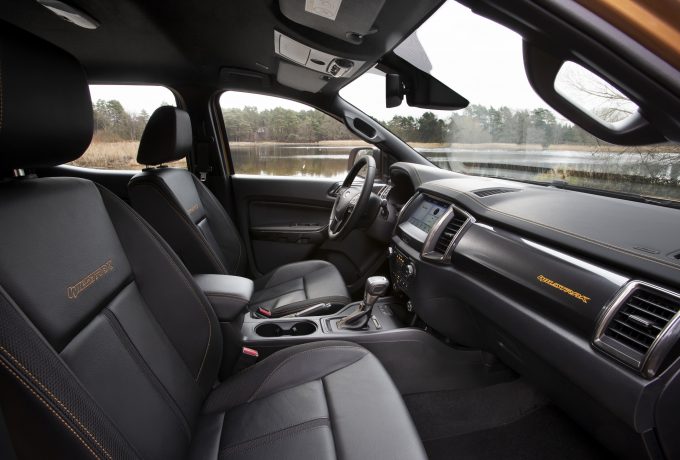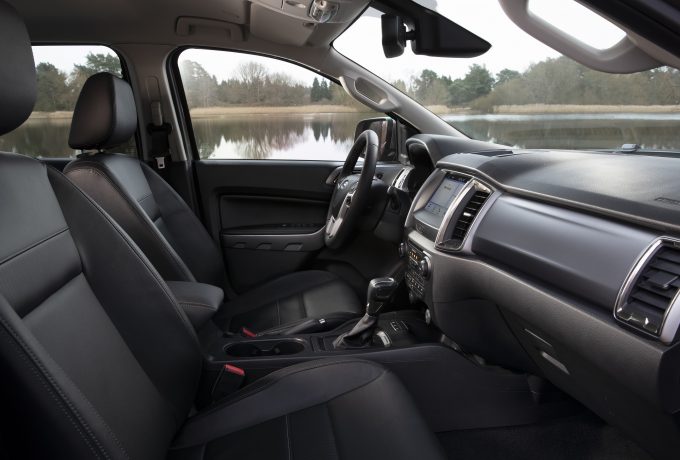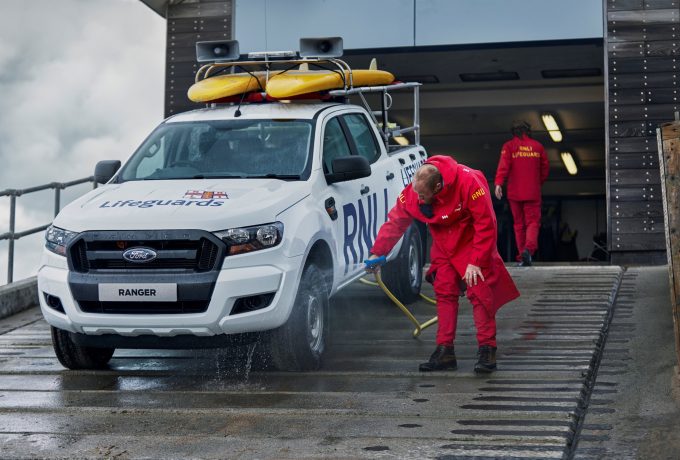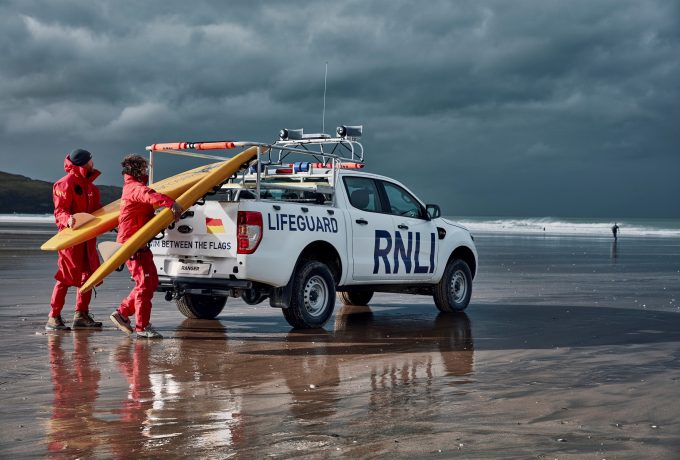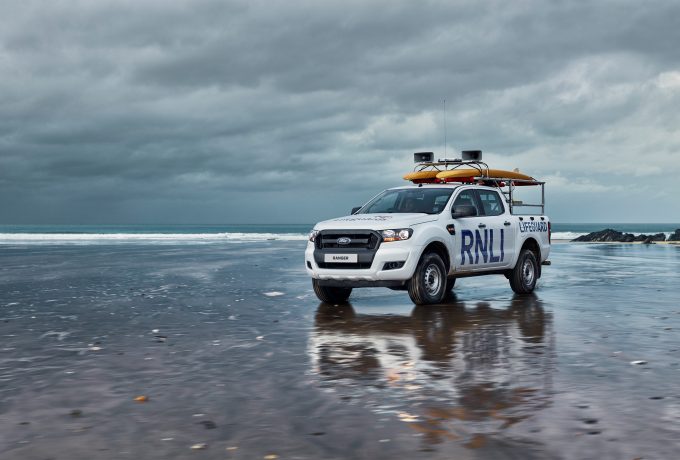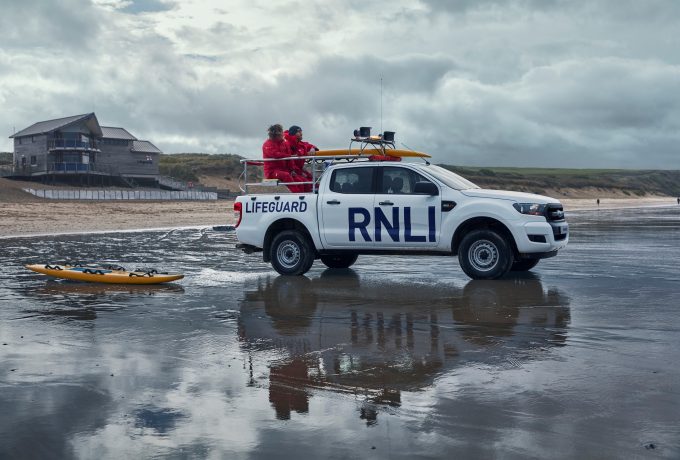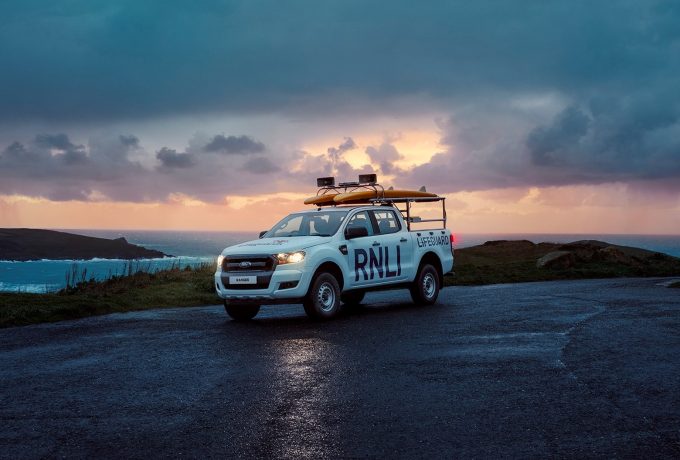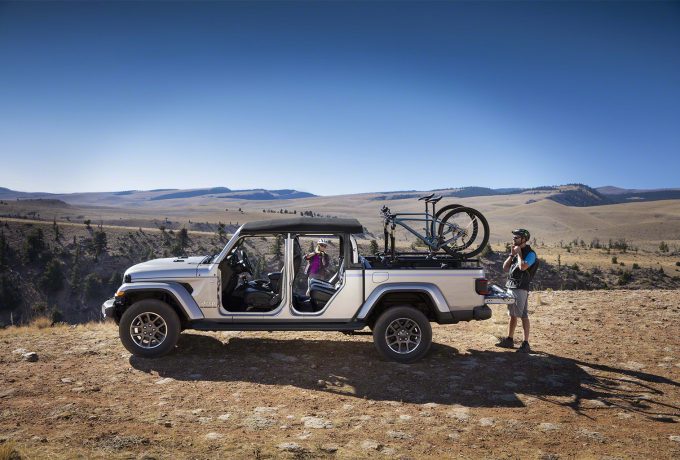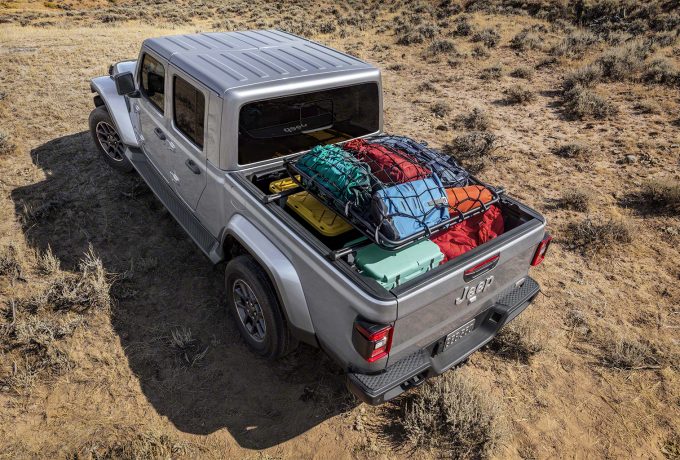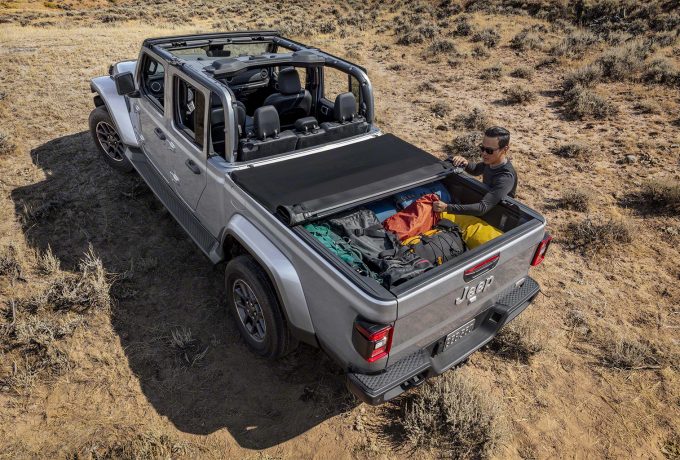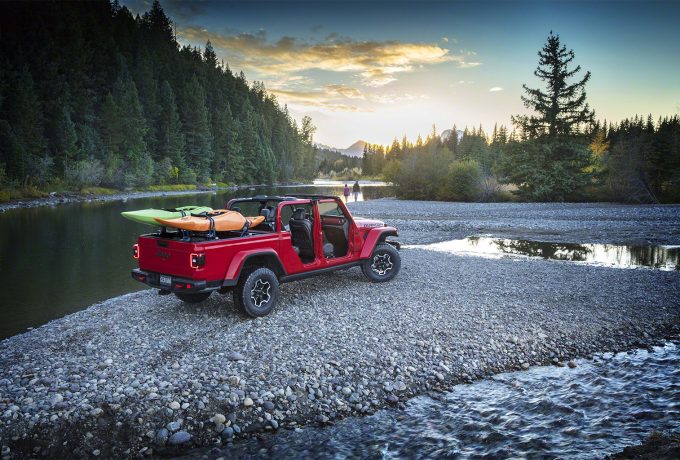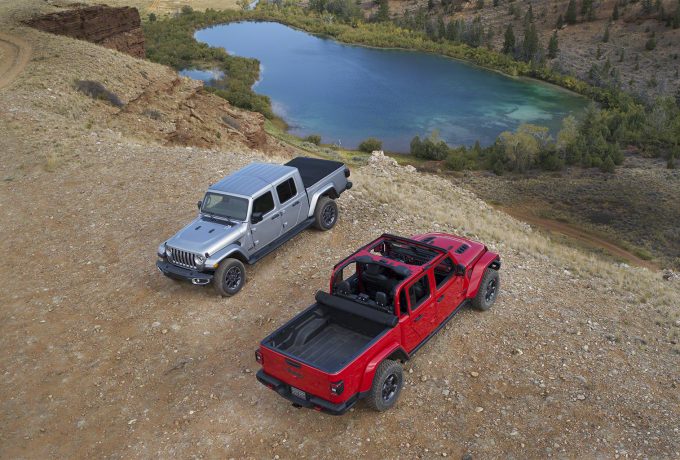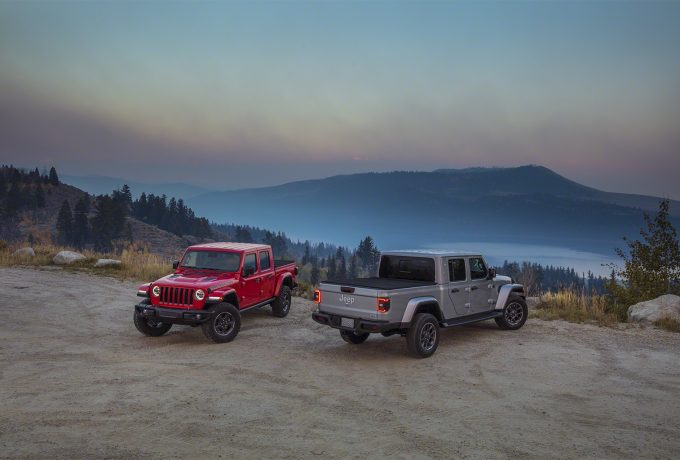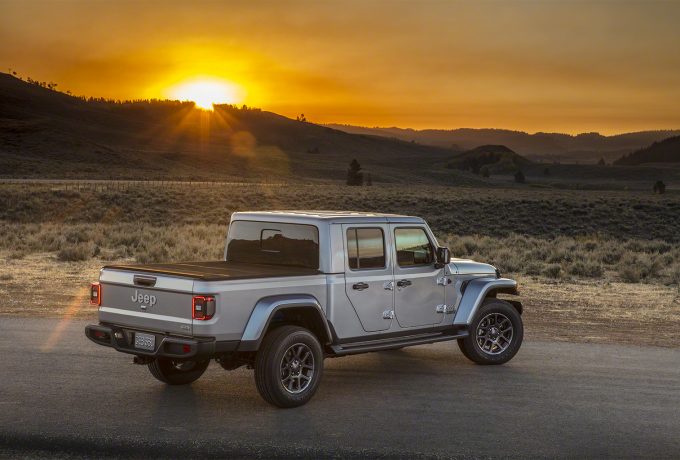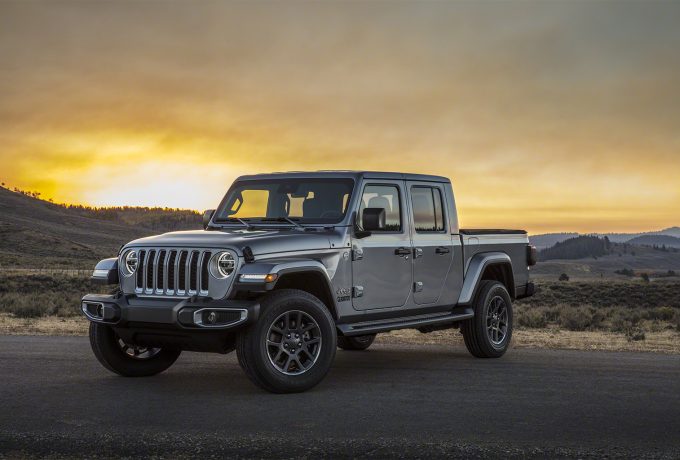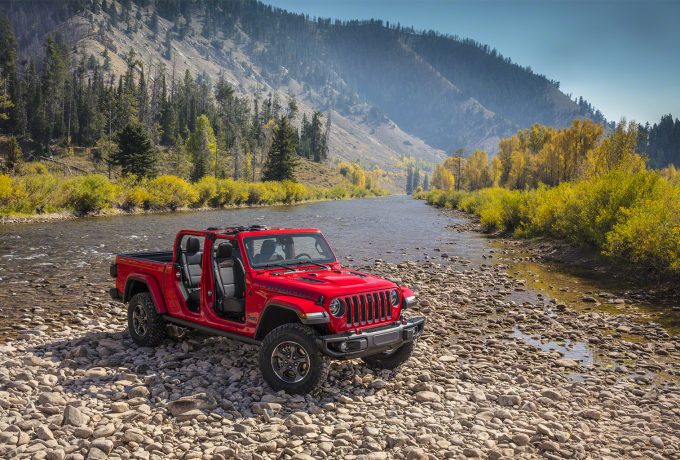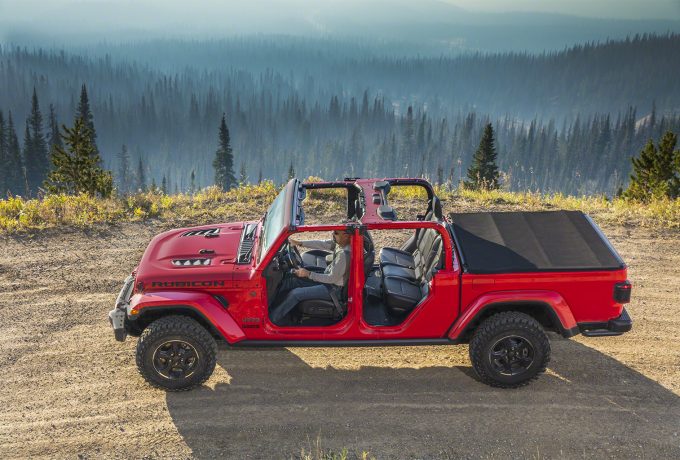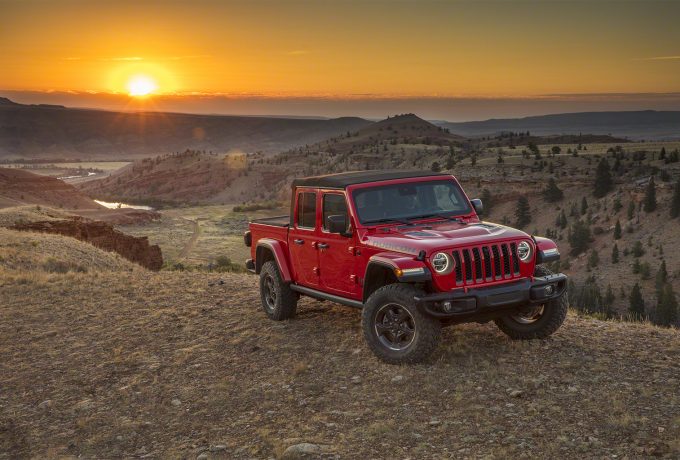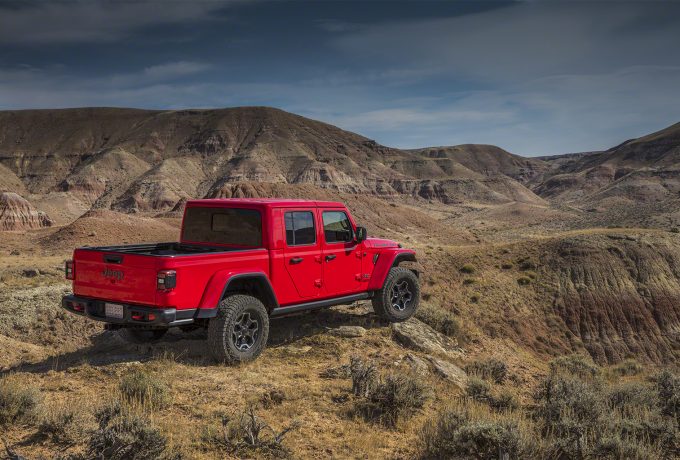It’s become ritual for Isuzu to reveal a new special edition D-Max at the Commercial Vehicle show each year. but this year we’ve been treated to two.
But where to start?
After flipping a coin, it’s with the XTR. This striking truck, which is currently a prototype, is aimed at serving clientele who use their truck both for work, but also as a recreational off-roader. But how have they done this?
The D-Max XTR sits on a bespoke suspension and braking setup from specialists Pedders. This includes a new front upper arm that works in conjunction with freshly designed dampers that allow longer articulation. This means that the XTR sits higher than a stock D-Max, with 250mm ground clearance, but the system doesn’t compromise the handling performance of the truck on the road.
The brake discs have been bolstered at the front to performance numbers that champion consistent brake feel and are made to survive hard wear and combat corrosion. They’re fully vented and slotted for better heat dissipation and outright braking performance. The pads they work with are Kevlar ceramics, so you know they’re properly tough.
Both the springs and shocks are set up to provide a consistent and comfortable ride on road, and have been tuned with the XTR’s new wheels in mind. The 17″ XTR alloys have been designed to a popular tyre size – 17×8.5″ – to give XTR drivers plenty of choice if they choose a new set of tyres. Engineered to be tough, the alloys don’t affect the D-Max’s 3.5-tonne towing capacity nor it’s 1.1-tonne payload. The XTR is also the first truck to take the Pirelli Scorpion All Terrain Plus tyres as standard.
No doubt you’ll have been taken aback by the styling of the XTR makeover, but let’s break it down. A dramatic front bumper guard, bonnet protection and headlight frames give the D-Max XTR a mean stare. Extended wheel arches add yet more attitude, finished in black with a vibrant green insert that matches the theme around the rest of the truck. Around the back, there are spoilers on both the tailgate and the rear bumper, whilst matching door mirror covers and door handles complete the look. Like the bodykit, the side-steps are Raptor-coated. The green highlights also appear on the brake calipers and selected suspension parts to add a flash of colour.
Inside, the XTR treatment continues, with the D-shaped suede and leather steering wheel featuring green stitching matches the grey leather, suede and durable carbon-fibre leather seating with the same accenting.
It’s not often that a truck with 35″ tyres is the subtler of a pair, but compared to the XTR, the Safir is just that. Based on the automatic D-Max Arctic Trucks AT35 double cab, Safir is happy to let the XTR take the ooh’s and have the aah’s for itself.
Finished in the beautiful Sapphire Blue Mica paint, the Safir looks calm and collected with its silver sports bar, matching Mountain Top rollover cover and a Safir branded aluminium underguard.
It also has Lazer Lights set into the front bumper and on a roof-mounted light bar – which is brand new for the D-Max range. The 17″ alloys are AT numbers in a new Hyper Dark diamond cut finish.
Bespoke leather seating adorns the interior, with the headrest embroidered Arctic Trucks logo in a matching sapphire cotton that matches the overstitch about the rest of the interior. The Safir also features a D-shaped steering wheel and the infotainment system has been upgraded to a 9″ touchscreen with a nine-speaker sound system that includes a subwoofer. The upper glovebox contains a wireless mobile charging pad, and a bumper mounted front camera makes parking and manoeuvring a doddle.
The Safir, like the XTR, is covered by Isuzu’s 125,000 mile five year warranty, and also retains the towing and payload capacities of the work-happy D-Max.
Pricing for the special trucks begins at £33,999 for the D-Max XTR and £45,000 for the Safir as a Commercial Vehicle.
The XTR is expected in showrooms later this year, whilst to act on your interest in either truck you should contact your local Isuzu dealer.

